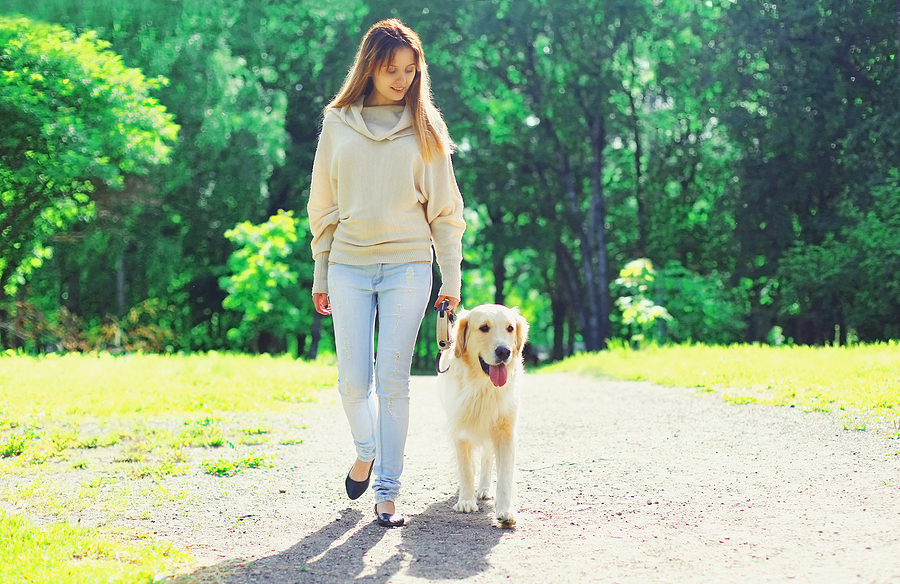Leash training is an essential skill for every dog owner. It ensures safety, control, and a positive experience during walks. It is also a foundational aspect of responsible dog ownership, setting the tone for your relationship with your new best friend. But knowing how to leash train a dog is easier said than done. Whether you’re dealing with a playful puppy or a mature dog, understanding how to leash train can make the difference between stressful outings and enjoyable adventures.
Understanding the Basics of Leash Training
Leash training is not a one-size-fits-all process. The approach may vary depending on the age and temperament of the dog. Leash training a puppy can be a more fluid experience, as younger dogs are often more receptive to new learning. However, older dogs can also be successfully trained with patience and the proper techniques.
Essential Tools for Successful Leash Training
Before starting leash training, it’s important to have the right tools.
- Leash: Choose a sturdy, comfortable leash that fits your dog’s size.
- Collar/Harness: Selecting the right collar or harness ensures comfort and control. In some instances, prong collars could be beneficial in training.
- Treats and Positive Reinforcement Tools: These can be used to reward desired behavior, making the training process enjoyable and effective.
Step-by-Step Guide on How to Leash Train a Dog
Step 1 – Introducing the Leash and Collar
Start by allowing the dog to sniff and explore the leash and collar. This familiarization allows your pup to form a positive association. As the dog gets accustomed to these tools, ensure they associate them with positive experiences, such as treats or playtime.
Step 2 – Indoor Leash Training
It’s beneficial to begin the training process indoors where there are fewer distractions. In this controlled environment, encourage the dog to walk beside you. Whenever they exhibit calm behavior or follow your lead, reward them to reinforce this behavior.

Step 3 – Short Outdoor Sessions
Once the dog is comfortable with the leash indoors, it’s time to venture outside. It is best to start with short sessions, to slowly get your dog acclimated to being on the leash outside. The primary focus during these initial outdoor walks should be on maintaining a loose leash and setting a steady pace. This helps the dog understand the expected behavior during walks.
Step 4 – Addressing and Correcting Pulling Behavior
Pulling is a common challenge during leash training. If the dog starts to pull, stop walking immediately and wait for them to return to your side or calm down. Once they’re calm or walking beside you without pulling, reward them. This approach reinforces the idea that pulling doesn’t allow them to move forward and that calm behavior is rewarded.
Step 5 – Introducing Distractions
As the dog becomes more comfortable walking on a leash, it’s time to introduce distractions, such as other dogs, people, or noises. Use treats and commands to keep the dog’s focus on you. This step ensures that even in a distracting environment, the dog remains attentive to the owner’s commands and guidance.
Common Challenges in Leash Training
While leash training may pose challenges, recognizing them is the first step to correcting them.
- Over-Excitement: If the dog becomes overly excited, pause and wait for calm before continuing the walk.
- Fear or Anxiety: Gradual exposure and positive reinforcement can help overcome fear or anxiety related to the leash.
- Aggression: If aggression towards people or other animals is an issue, professional guidance may be necessary to address underlying behavioral concerns.
Advanced Leash Training Techniques
For those looking to take leash training to the next level, there are some advanced techniques you can introduce.
- Training Commands: Incorporate additional commands into your walk. Teaching commands like “heel” and “wait” can enhance control during walks.
- Clicker Training: Clickers can be used to mark desired behavior, providing clear communication with the dog. A clicker is a small device that makes a noise, signaling to your dog that they’ve done something good. It’s used to clearly communicate and mark desired behaviors. Instead of rewarding them with treats, you simply click the device, letting the dog know they’ve acted correctly.
Connecting with Your Dog
Leash training is more than a practical skill; it’s an opportunity to connect with your dog. Successful leash training builds trust, understanding, and a deeper bond between owner and pet. It’s a shared journey that enhances the relationship and enriches the daily experience of living with a canine companion.

Beau’s K9 Can Help with How to Leash Train A Dog
Mastering the art of leash training can transform your walks into joyful adventures with your furry friend. At Beau’s K9 Academy, we offer basic and advanced private lessons to help get you and your new best friend walking without issue. We also offer in-home lessons to help ease the anxiety your dog might have from being in a new place. Contact us today and let us know how we can help. Together, we can make every walk a delightful journey. Start your leash training journey today!

